‘Fashion & Interiors: A Gendered Affair’ at MoMu unpacks the hierarchy of the home
The Antwerp exhibition interrogates the relationship between fashion, interiors and gender through the concept of ‘gesamtkunstwerk’, a complete work of art. Curator Romy Cockx gives Wallpaper* a tour
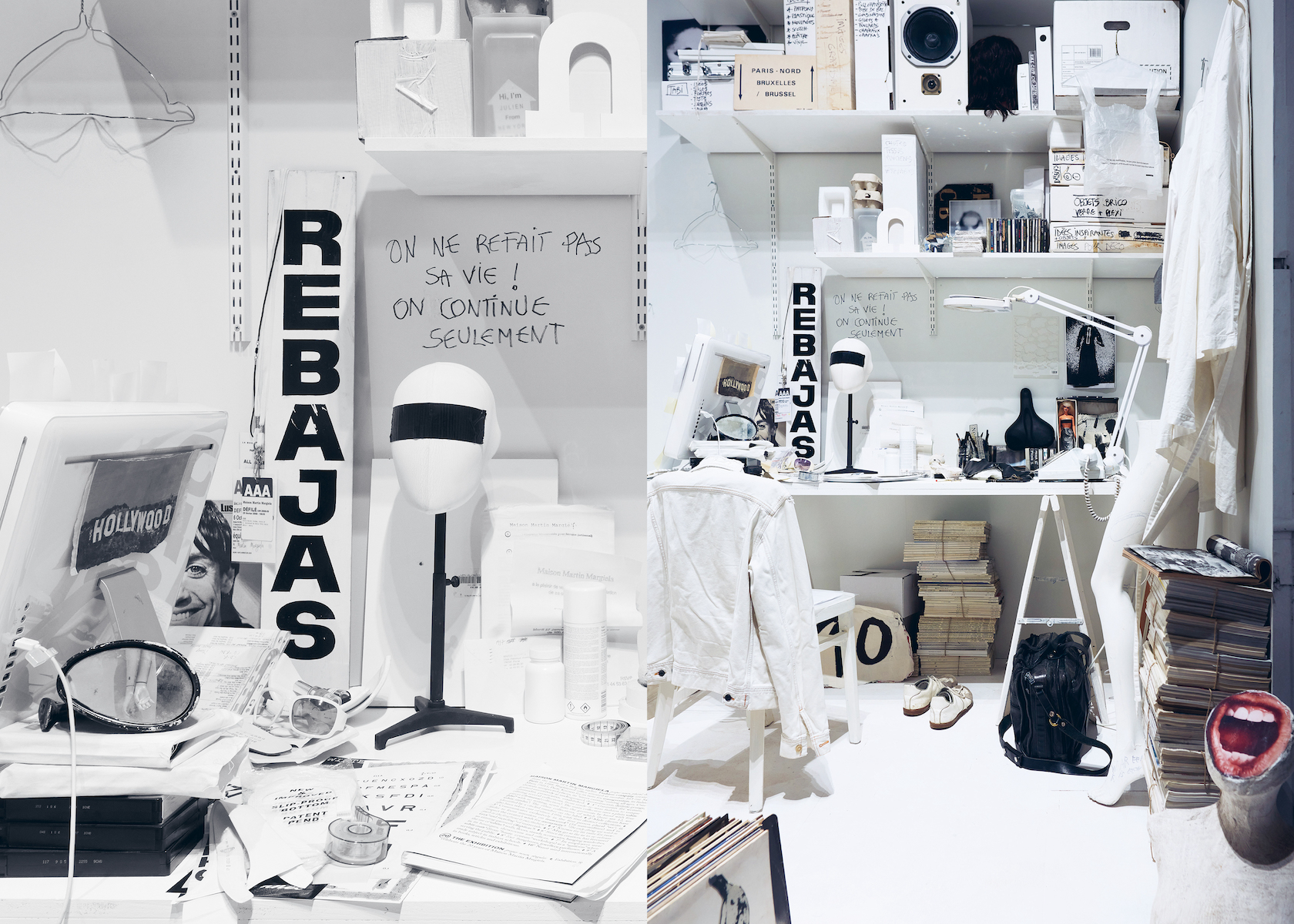
A house that is like a total work of art. This was what the Belgian artist and painter Henry van de Velde wanted in 1895. Inspired by the Arts and Crafts philosophies of William Morris, Van de Velde, together with his wife Maria Sèthe, devised the whole environment of their home Villa Bloemenwerf. The cutlery, the wallpaper, the carpets, the chairs. They designed it all. ‘Once he’d done this he thought, okay, everything's now my vision but the only thing I don’t like is that my wife is wearing Parisian fashion so he started sampling clothes for her. Maria was presented together with the furniture as one harmonious concept,’ Romy Cockx, curator at MoMu – Fashion Museum Antwerp says.
Through sketches, garments, furniture and video, Cockx’s new show, ‘Fashion & Interiors: A Gendered Affair’, crisscrosses a century of shifting tastes, styles and attitudes. The notion of a complete work of art – a gesamtkunstwerk – is here in the exacting collections and dwellings of Ann Demeulemeester, who in 1983 bought Le Corbusier’s Maison Guiette – his only surviving building in Belgium. The prodigious Martin Margiela has recreated his first studio and shop interior, whitewashed in the style first advocated by Le Corbusier. We see three pieces of ‘furniture accessory’ conceived by Raf Simons for his graduate show from the Industrial Design course at SHIVKV in Genk circa 1991. ‘Fashion & Interiors’ unravels the hierarchy of the design disciplines.
’Fashion & Interiors: A Gendered Affair’ at MoMu – Fashion Museum Antwerp
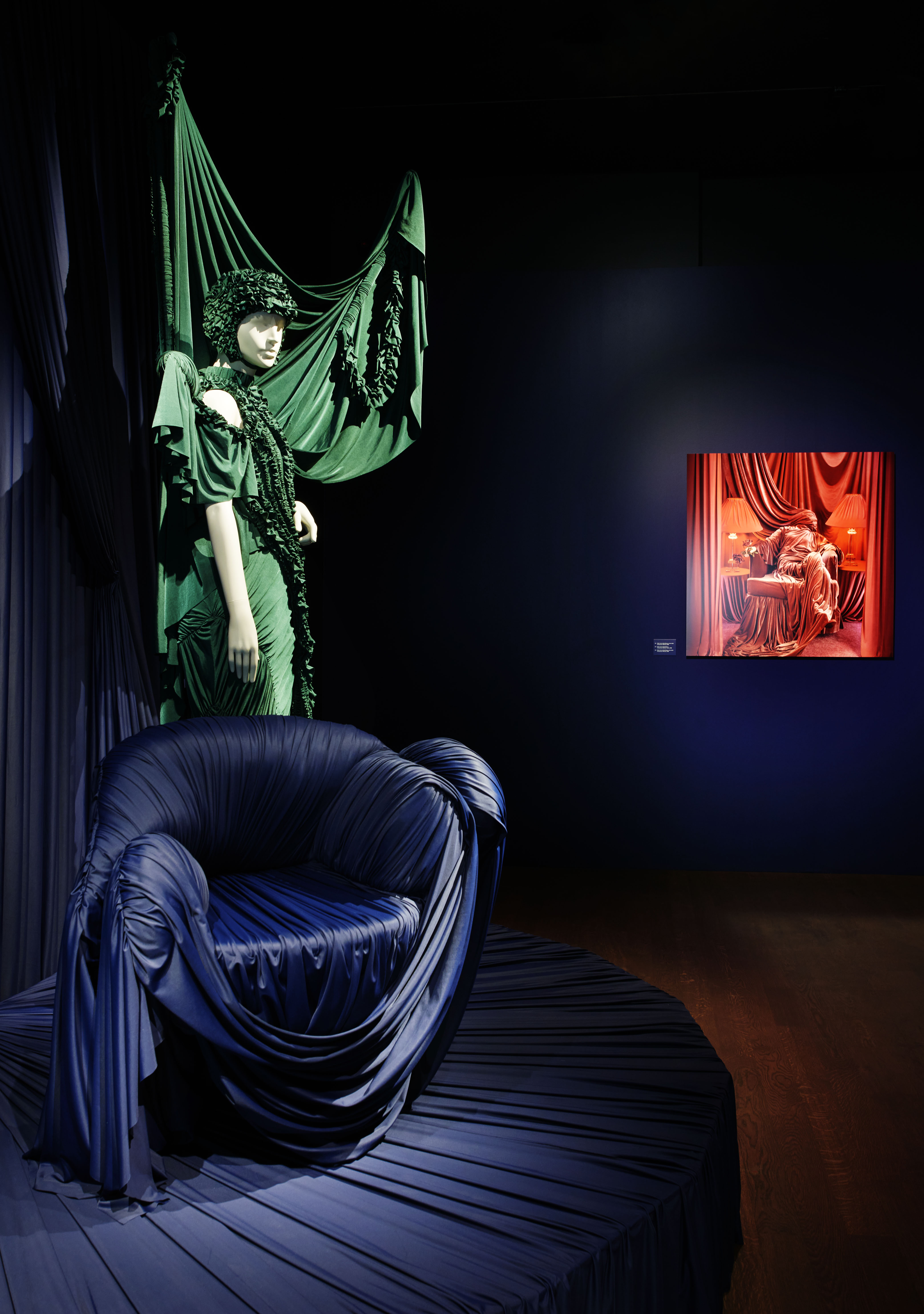
Richard Malone (left) and Patty Carroll
‘Before I worked on the exhibition, I thought this idea of designing a complete world, or a total look, was coming from the 1980s, but I learned that it actually originates from over a century ago with the architect Josef Hoffmann together with the Wiener Werkstätte and designer Paul Poiret,’ Cockx says.
Hoffmann, like Van De Velde, was obsessed with the idea of a total creation. Around 1905, as he put the finishing touches to his Art Nouveau mansion Stoclet Palace, he noticed the lady of the house wearing designs by Poiret and immediately decided that the Werkstätte should have its own fashion department. (Cockx exhibits a carpet sketch for the house that influenced Hoffmann’s early clothing designs.) Poiret learned of this and upon visiting Belgium in 1930 said that he felt ‘this substitution of the architect's taste for the personality of the proprietors has always seemed to me a sort of slavery – a subjection that makes me smile’. Despite this, Poiret asked Hoffman to design a villa for him (it was never built) and he also hosted a fashion show in Vienna staged against Werkstätte furniture. A canny marketeer, Poiret – who designed fragrances, furniture, interior textiles as well as clothes – could be considered one of the first fashion designers to create a lifestyle brand.
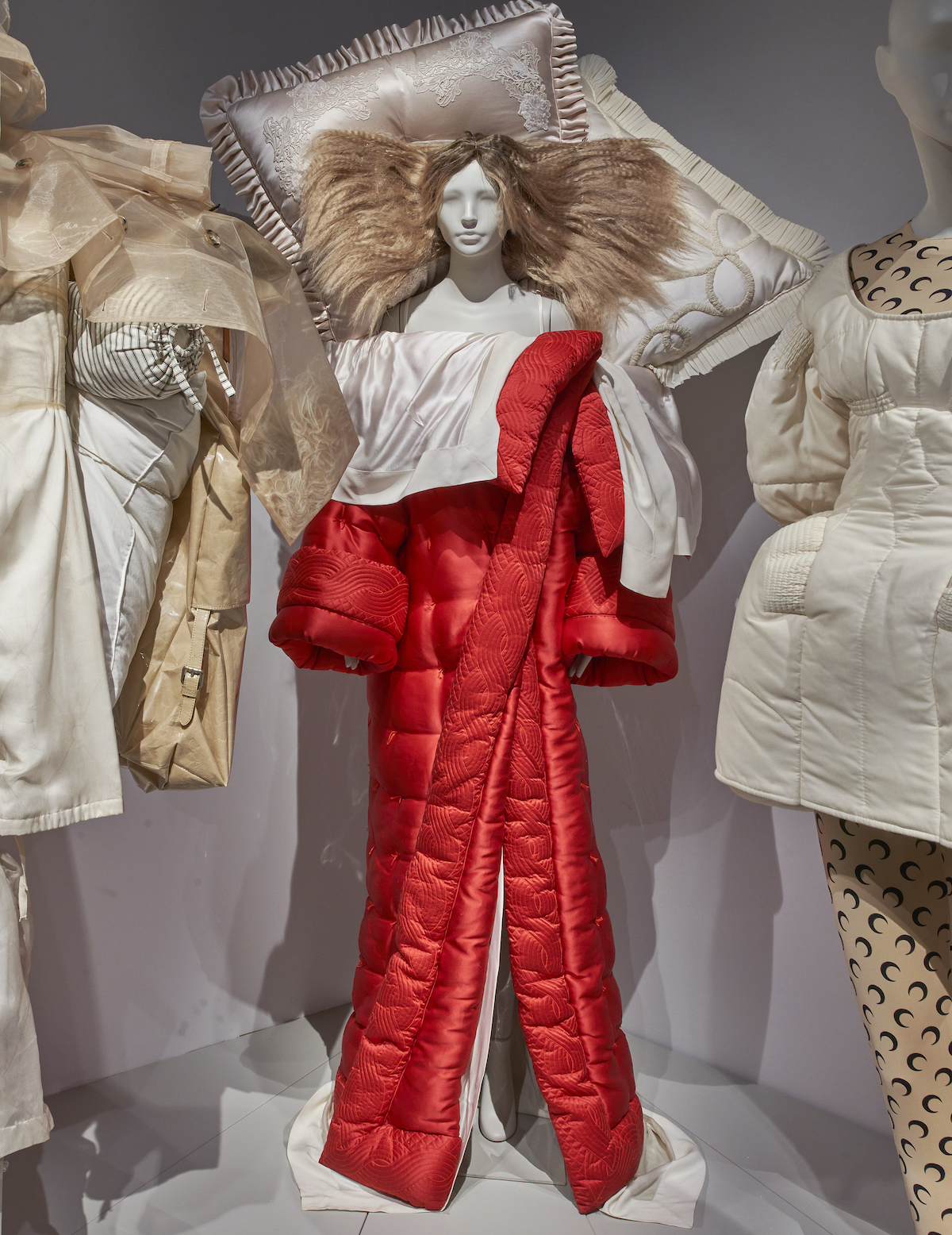
Viktor & Rolf (A/W 2005-2006)
The Austrian architect and cultural critic Adolf Loos cared a lot about clothes, yet he thought that Van de Velde and Hoffmann with their idea of matching everything created their own sort of fashion. Loos favoured a more utilitarian approach, clothes of quality made with good and simple details. Regarding women’s dress he wrote in 1902: ‘Ladies fashion! You disgraceful chapter in the history of civilisation! You tell of mankind's secret desires. Whenever we peruse your pages, our souls shudder at the frightful aberrations.’ Loos said that if women were independent from men, then they would discard layers of fabric and these frivolous bows and ribbons and feathers. ‘I thought this was quite funny, because, of course, we are now economically independent, but it's a rather complex discourse…’ Cockx says. ‘You could consider it feminist, but it’s open to multiple interpretations.’
While the 19th-century housewife was appreciated for her taste in decoration, Cockx argues that this changed when the role became a serious profession. Women were not considered to have a sense of form. It was a common idea perpetuated by male architects that women would follow the client’s wishes too much. And so we are introduced to the formidable Lily Reich – the first woman to be elected to the board of the Deutscher Werkbund in 1920. ‘In relation to fashion, she had an atelier in Berlin and started with embroidery before working with Hoffmann. She was designing exhibitions and also organising them. And she was quite successful.’
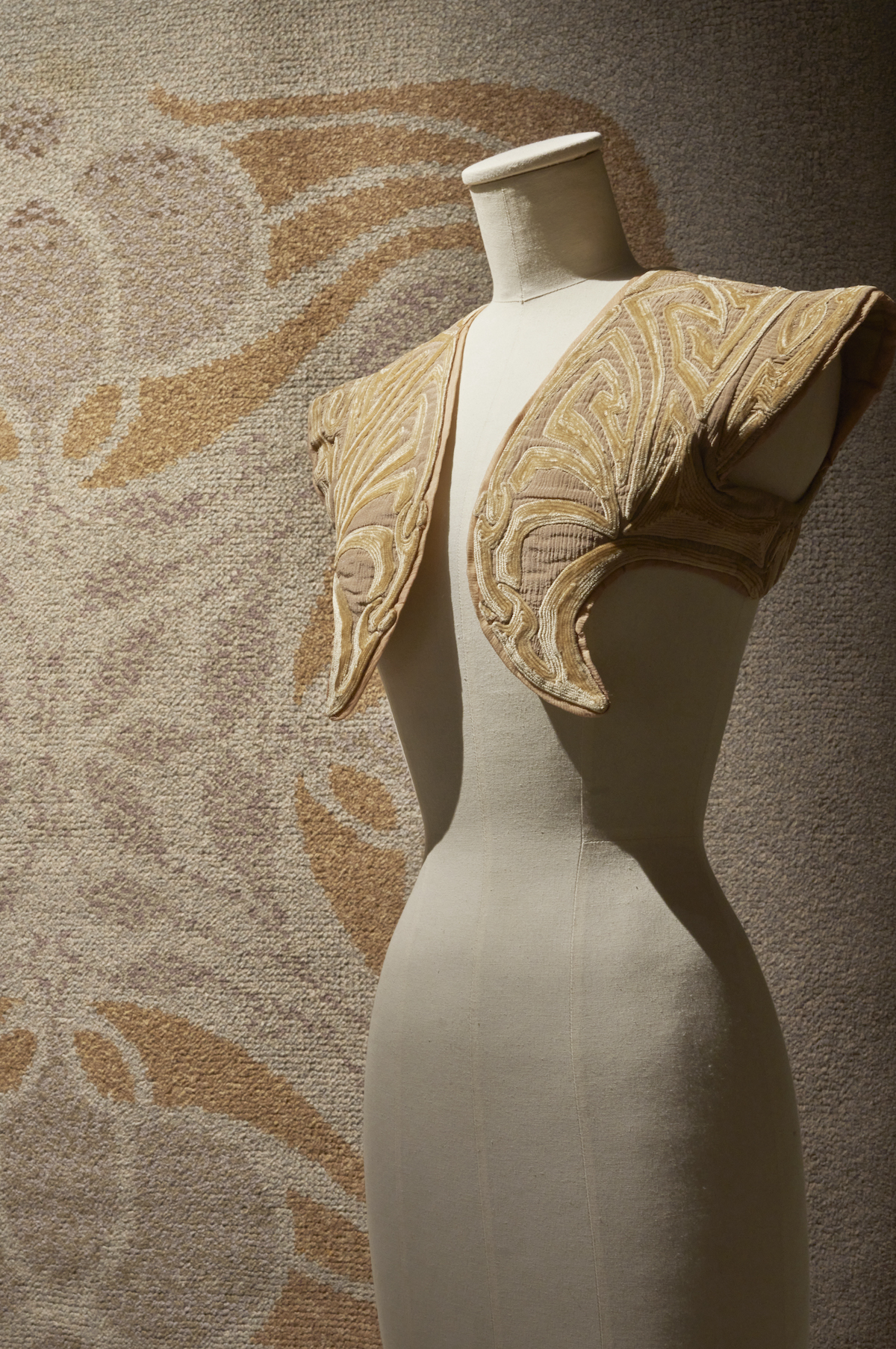
Henry van de Velde
Around 1926, Reich met Ludwig Mies van der Rohe and they began collaborating. Recent scholarship within the archives suggests that the iconic ‘Barcelona’ day bed was actually her conception. It is likely that she authored other pieces that today are accredited solely to Van Der Rohe. Very little of Reich’s own archive remains after her studio was bombed during World War II, yet from a 1926 issue of a German magazine we get an idea of her attitude to dress. She’s photographed wearing a boxy quilted silk jacket and a minimalist ribbed wool dress. Cockz says: ‘Her style was quite simple but she placed a lot of attention on detail and materials. Like Loos and other Modernist architects she was against imitation, against Parisian fashion, it was a bit of a nationalistic discourse.’
Receive our daily digest of inspiration, escapism and design stories from around the world direct to your inbox.
Overall the exhibition presents an overview of the importance of authorship. ‘You always look at things from your own time and your own perspective and that's maybe why I found it hard to have this singular statement about these men, for example, that is either positive or negative. My role here is to put it all out there so we can discuss it together,’ Cockz says. The discipline of design – whether of skirts or spoons or chairs or office blocks – has always been driven by a kind of creative coercion. Why am I wearing something? Why am I decorating my house in a certain way? Does it respond to who I am, or is it because somebody else is shaping me? These are the questions we take away from the museum.
‘Fashion & Interiors: A Gendered Affair’ runs until 3 August 2025 at MoMu – Fashion Museum Antwerp.
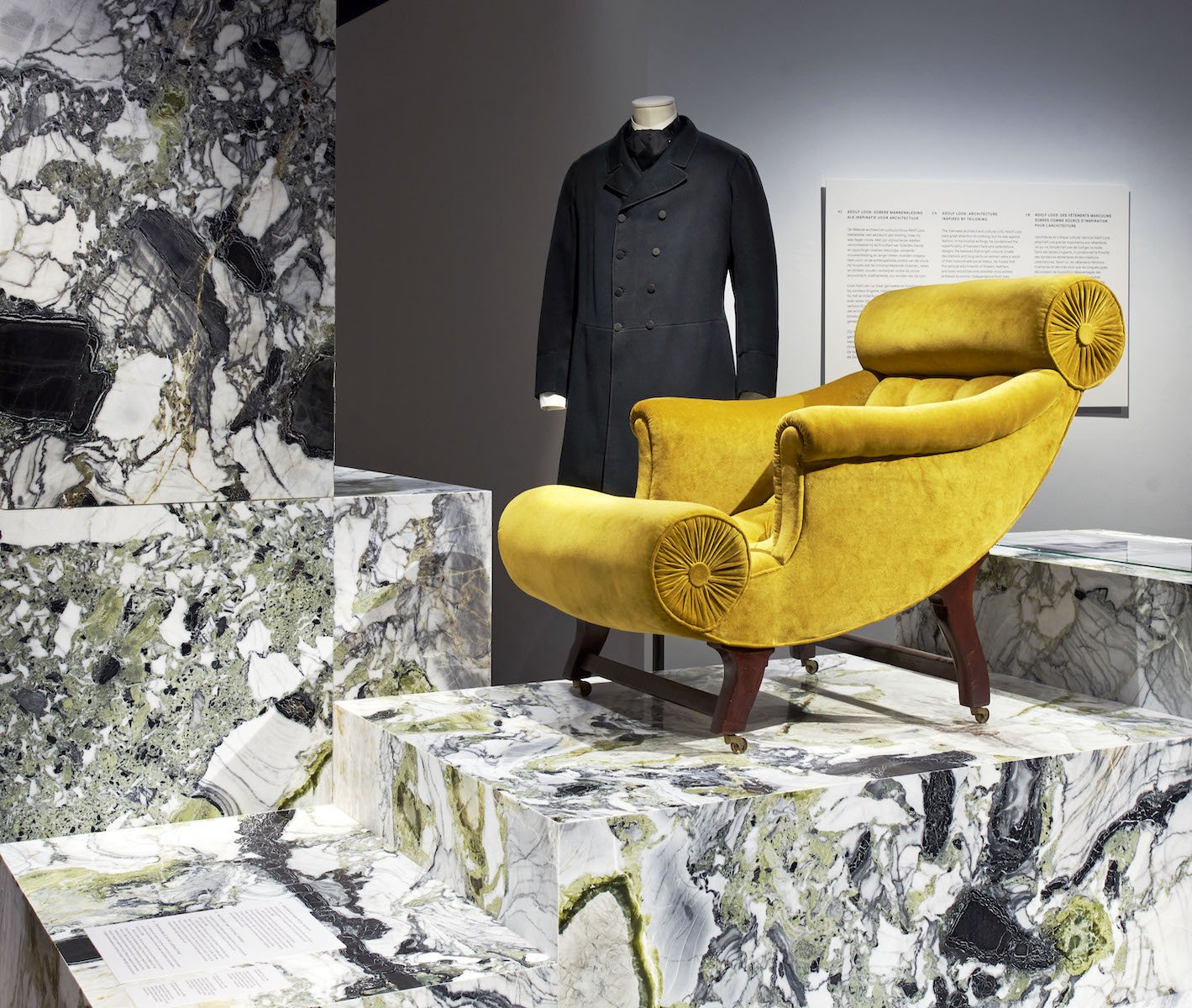
Adolf Loos
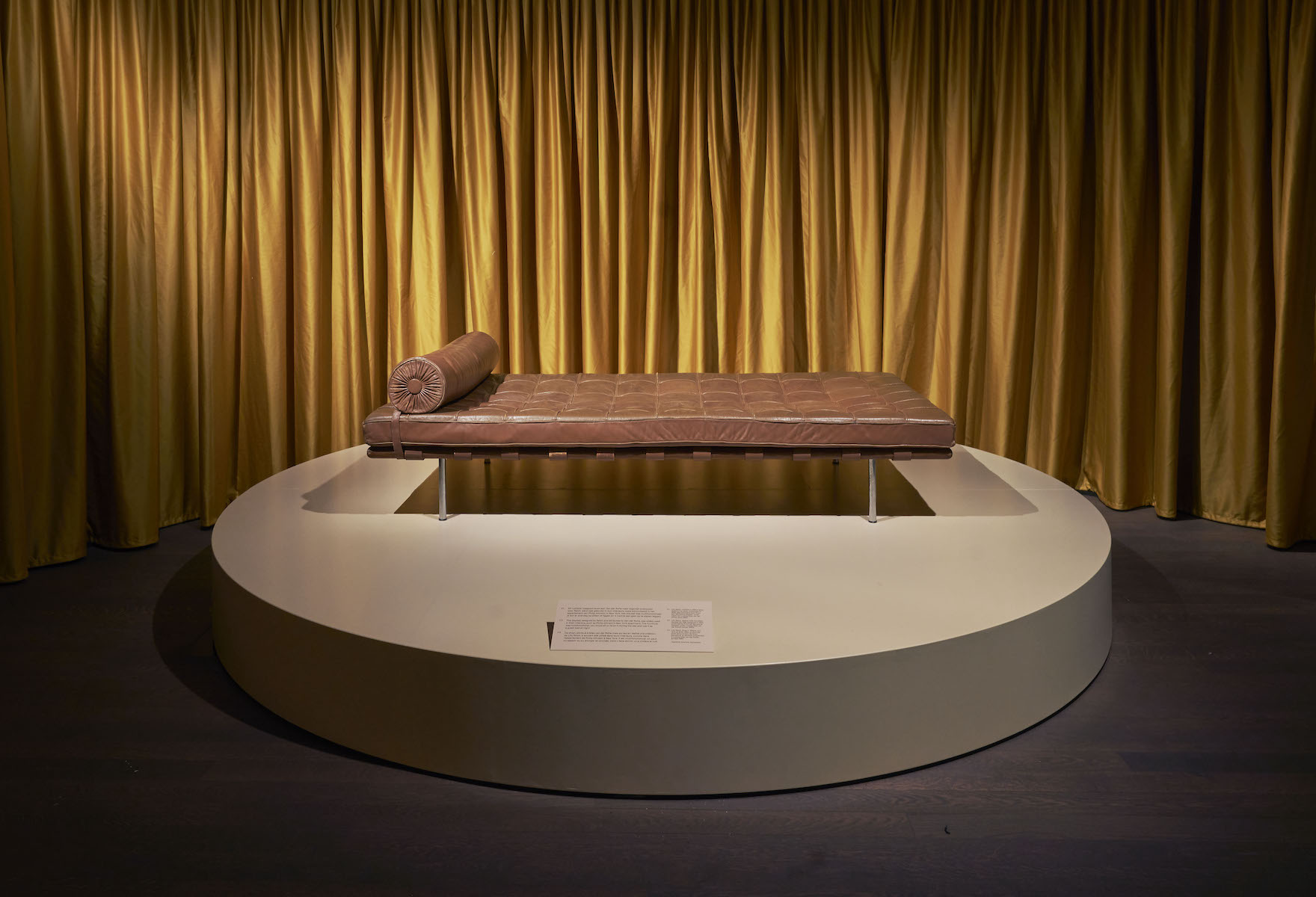
Lilly Reich, leather, teak and steel daybed
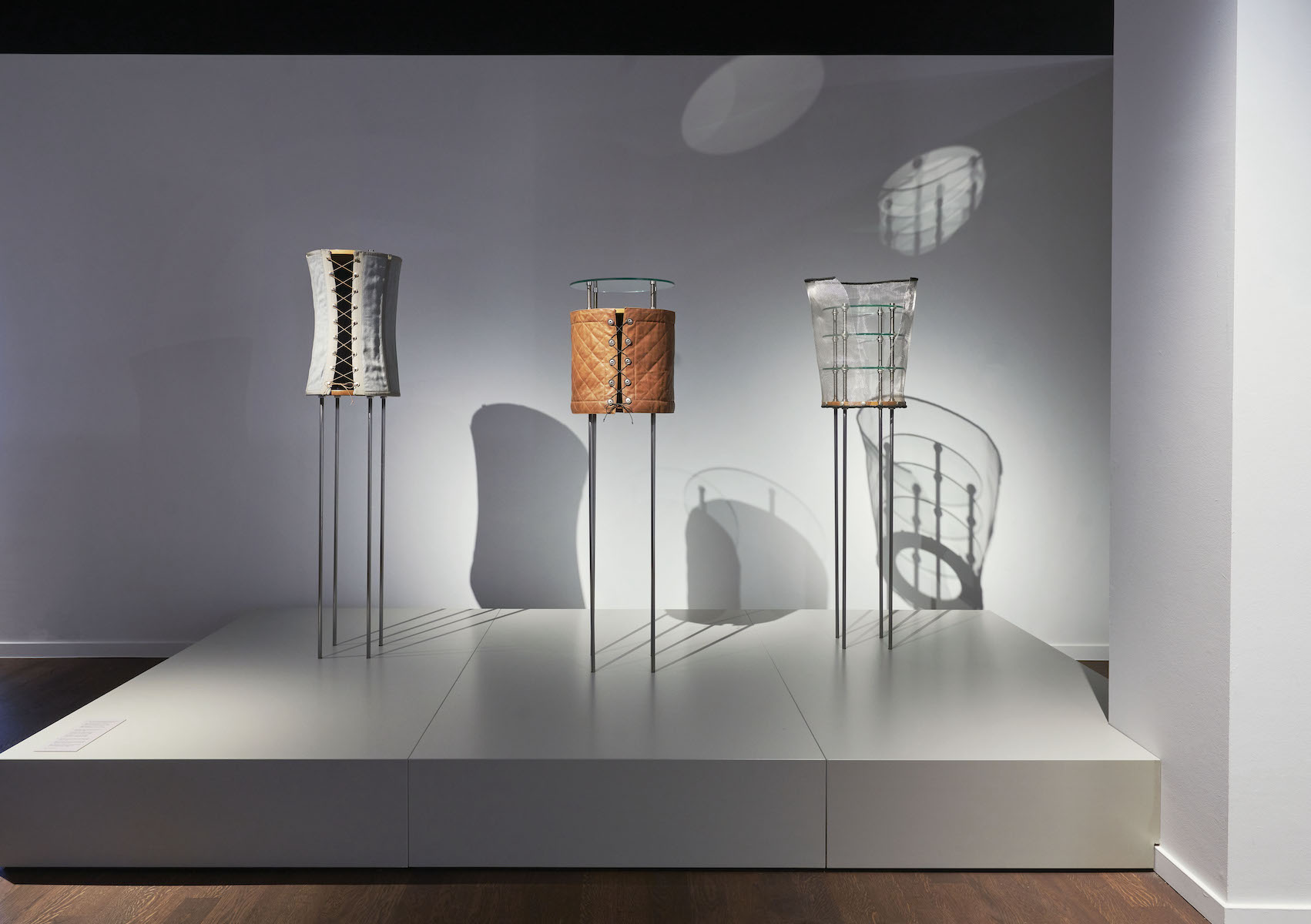
Raf Simons accessory cabinets, Corpo graduation collection, 1991
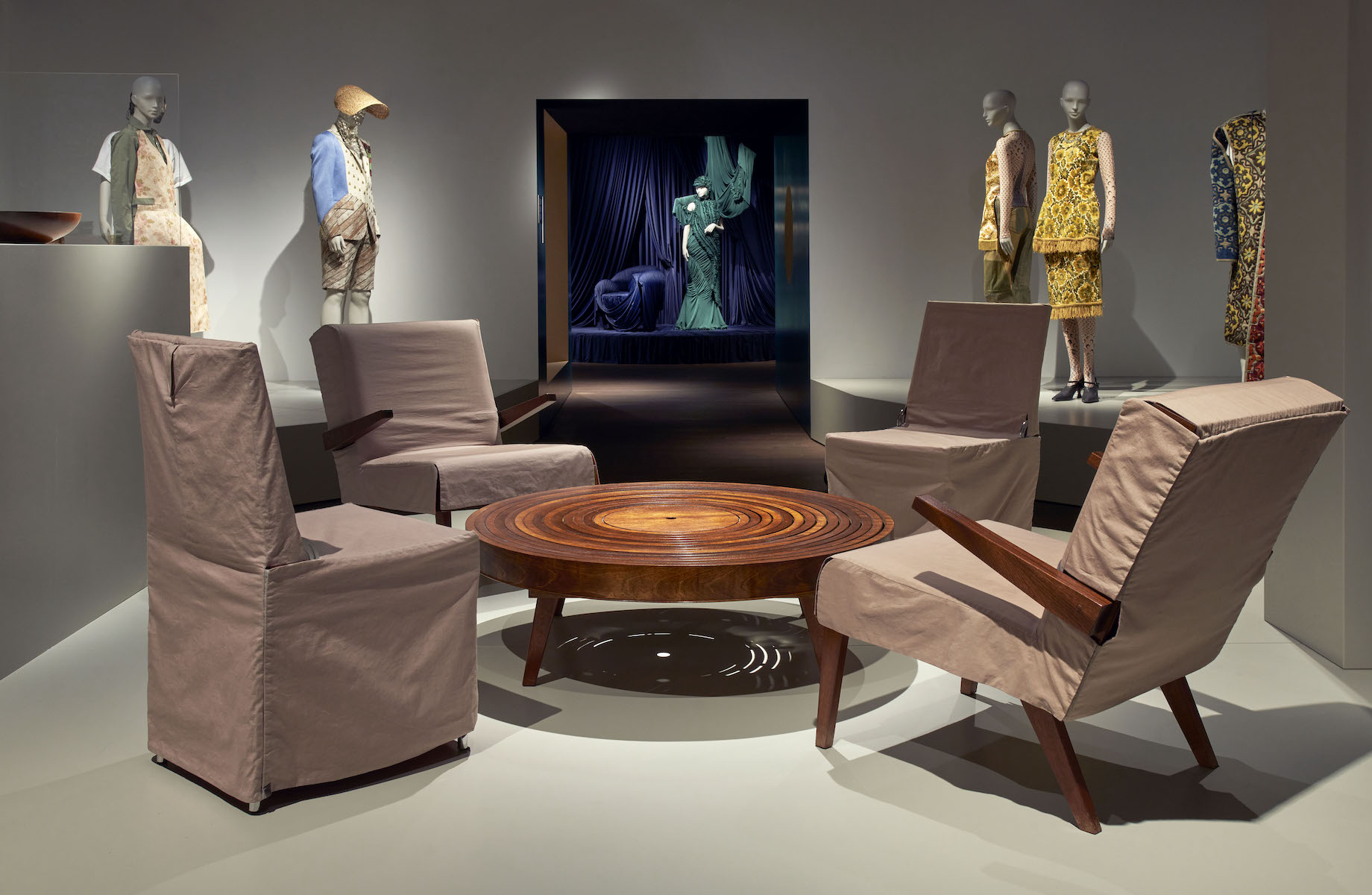
Hussein Chalayan, Afterwords, A/W 2000
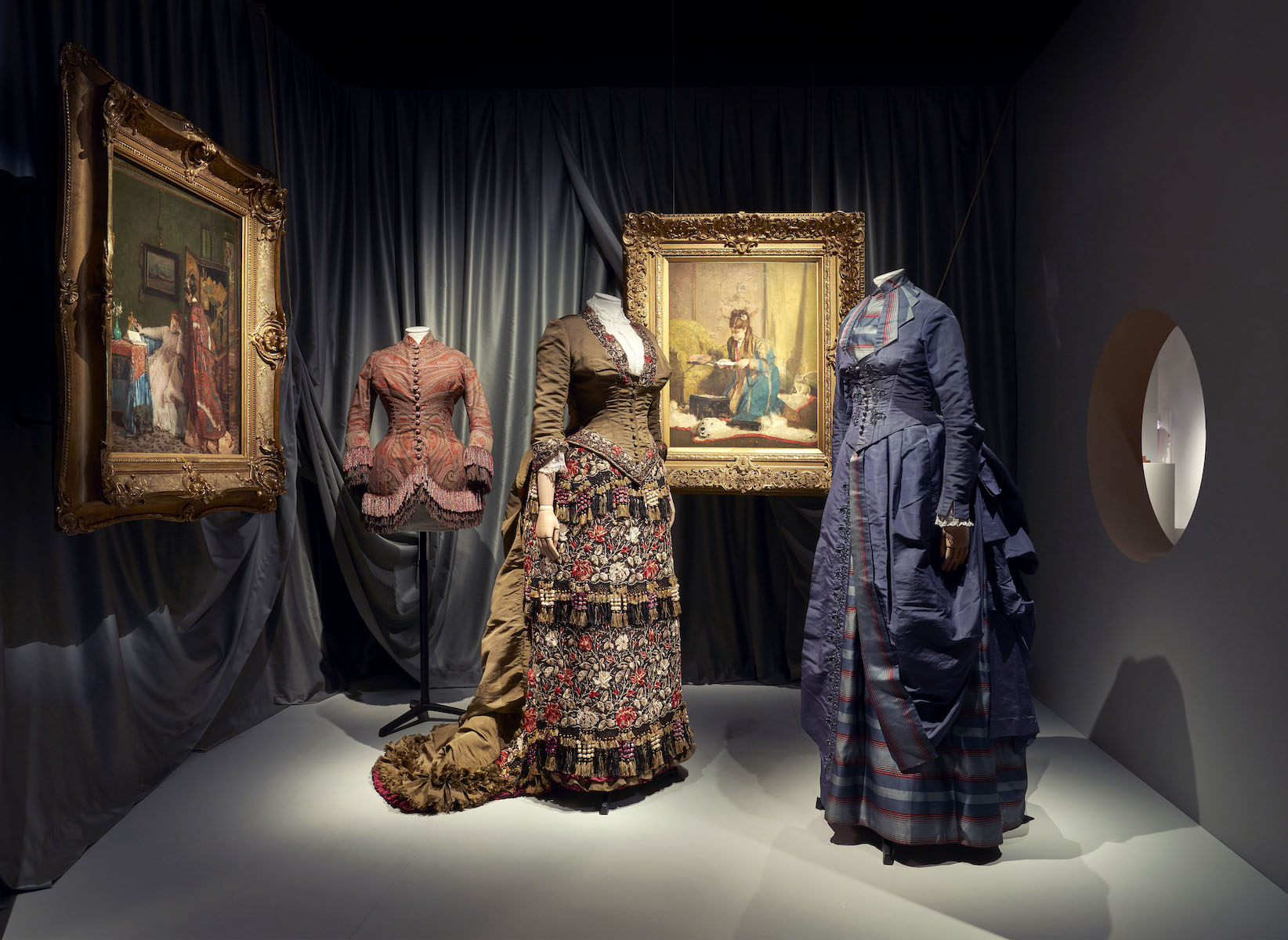
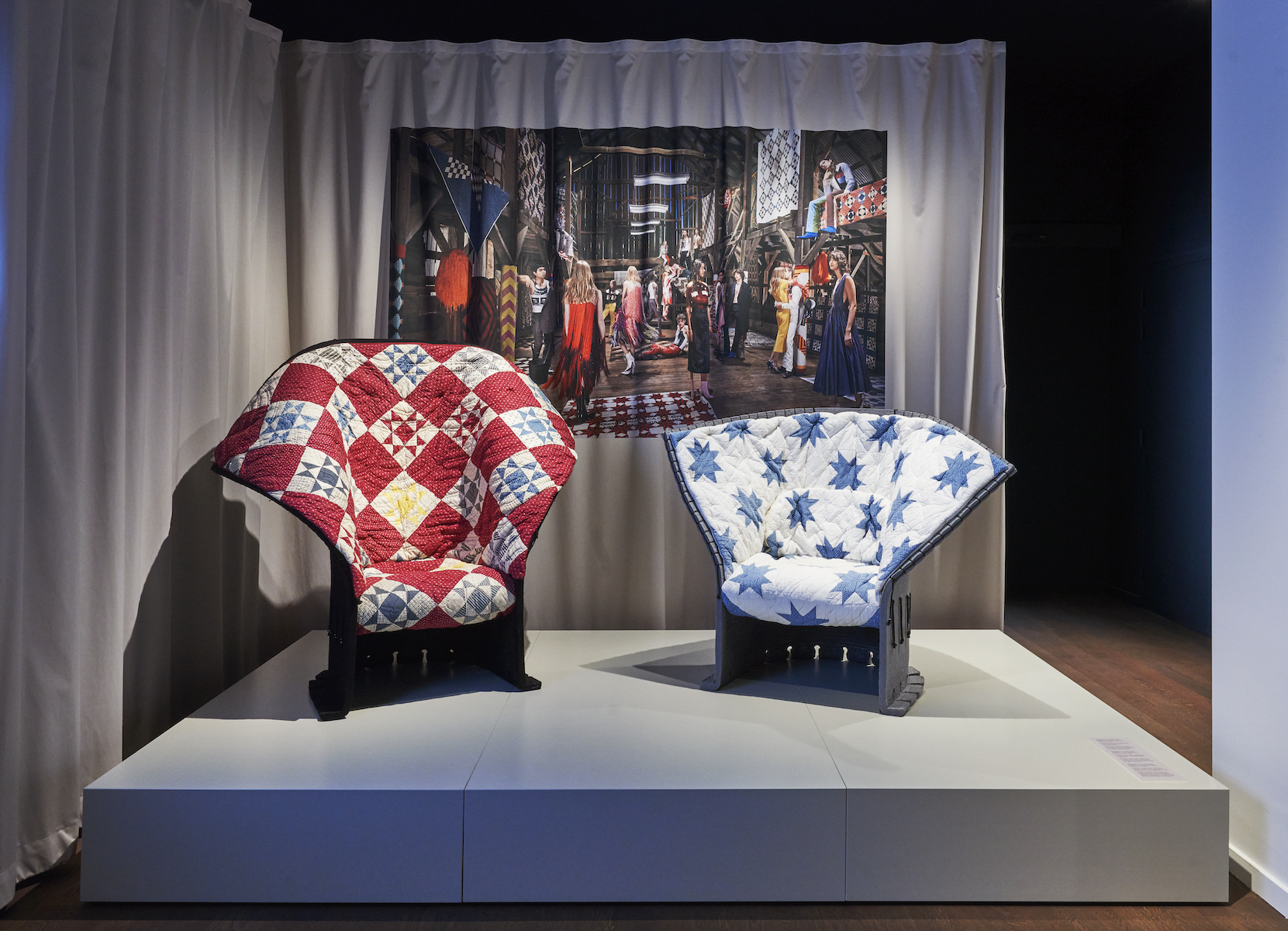
Raf Simons for Calvin Klein and Cassina, Feltri chair

Martin Margiela
London based writer Dal Chodha is editor-in-chief of Archivist Addendum — a publishing project that explores the gap between fashion editorial and academe. He writes for various international titles and journals on fashion, art and culture and is a contributing editor at Wallpaper*. Chodha has been working in academic institutions for more than a decade and is Stage 1 Leader of the BA Fashion Communication and Promotion course at Central Saint Martins. In 2020 he published his first book SHOW NOTES, an original hybrid of journalism, poetry and provocation.
-
 Garry Fabian Miller's distinctive camera-less photography creates abstract, evocative images
Garry Fabian Miller's distinctive camera-less photography creates abstract, evocative imagesGarry Fabian Miller's unique photography process beams light through transparent materials
-
 Visiting an experimental UK home: welcome to Housestead
Visiting an experimental UK home: welcome to HousesteadThis experimental UK home, Housestead by Sanei + Hopkins, brings together architectural explorations and daily life in these architects’ own home
-
 If you’re out and about and want to stay creative and connected, here’s all the kit you need
If you’re out and about and want to stay creative and connected, here’s all the kit you needSixteen pieces of portable tech, aimed at the mobile worker who wants to minimise their packing and maximise their output and entertainment options
-
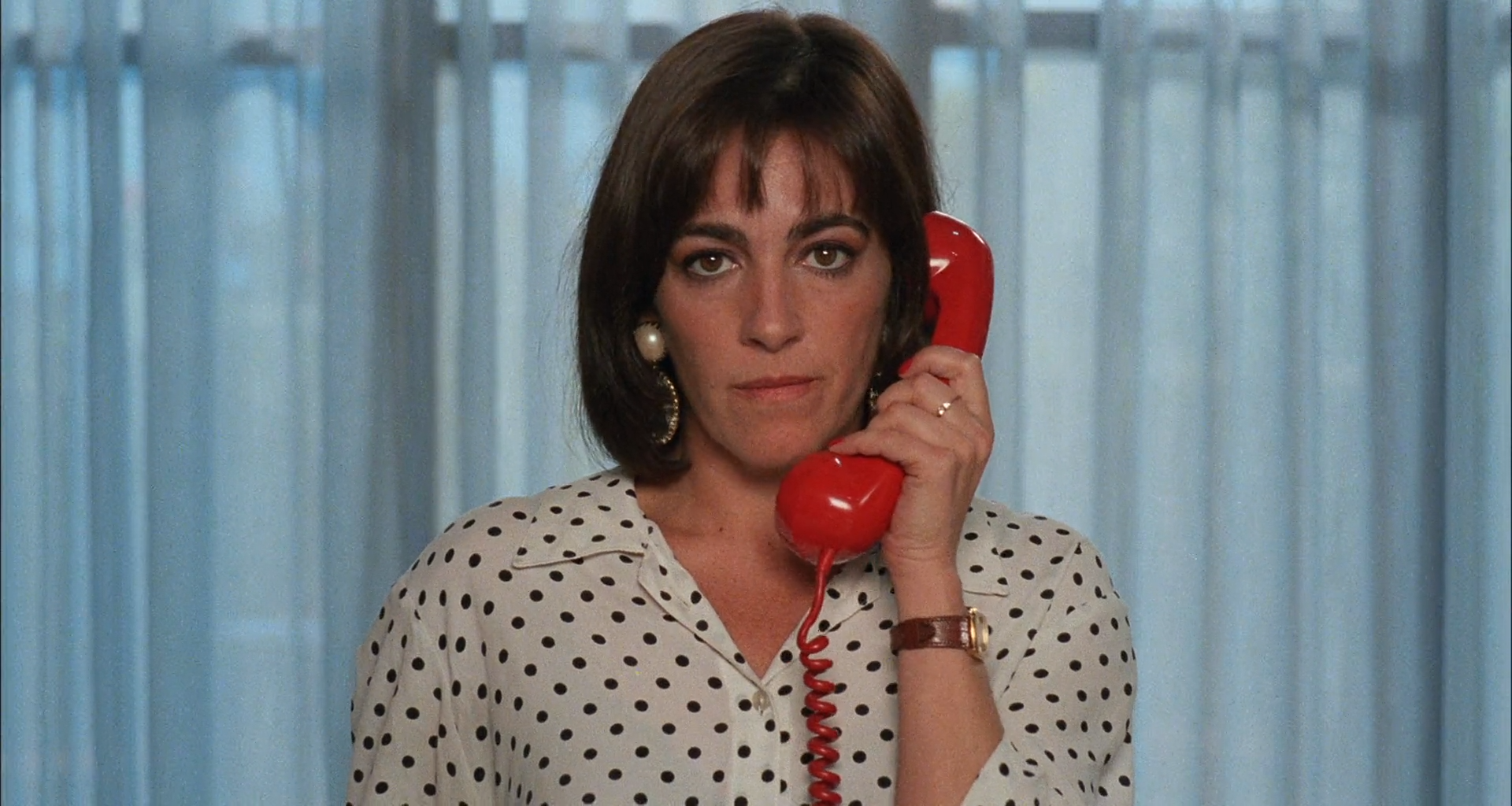 A new exhibition explores Spanish cinema through its female anti-heroes
A new exhibition explores Spanish cinema through its female anti-heroes‘Resolución’ is a new exhibit at MoMu: a three-channel audiovisual installation that catalogues a series of transformative moments in Spanish cinema through costume
-
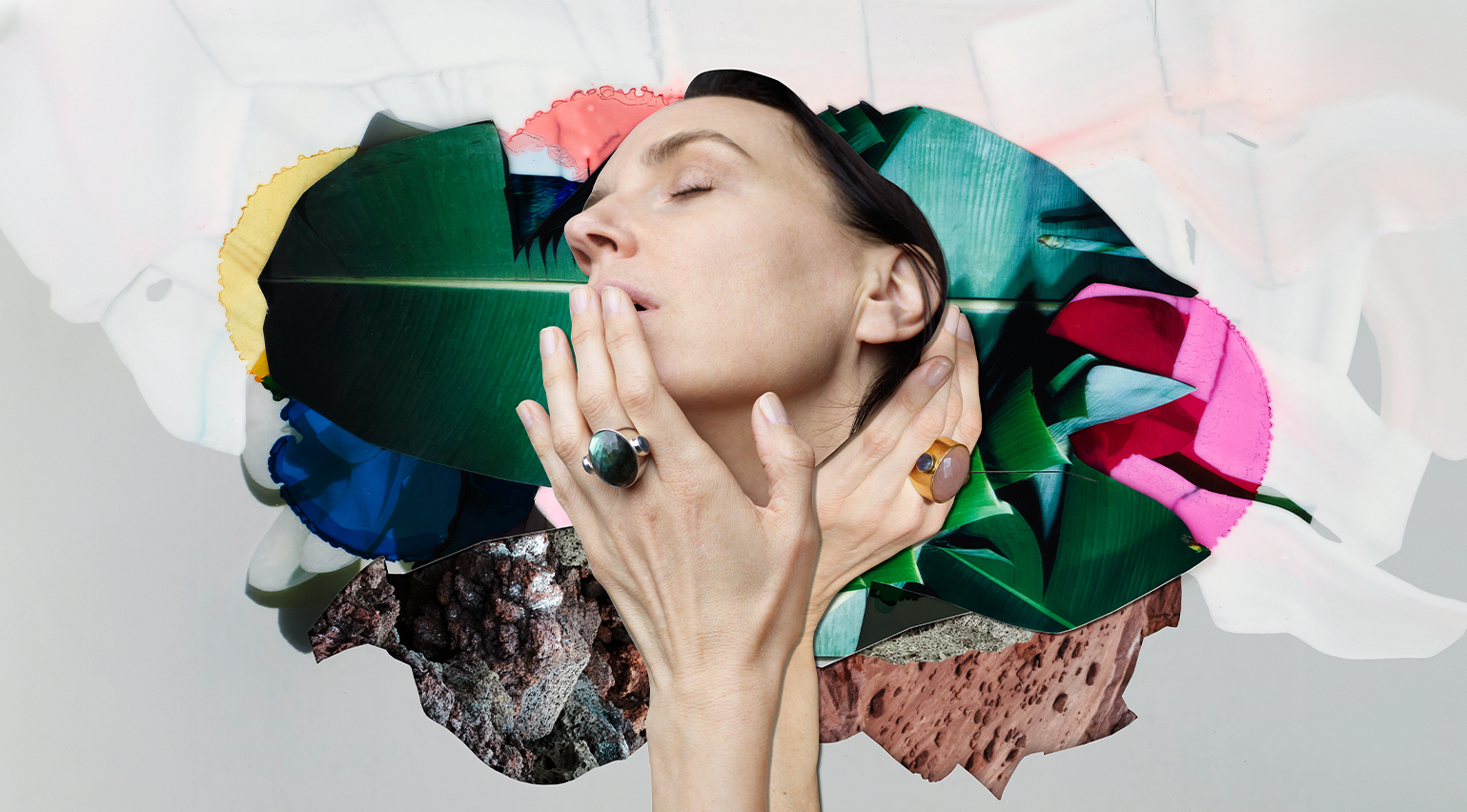 A scented ring? Wouters & Hendrix makes Hannelore Knuts’ dreams come true
A scented ring? Wouters & Hendrix makes Hannelore Knuts’ dreams come trueWouters & Hendrix collaborates with legacy model Hannelore Knuts on L’Issence, a collection of two scented rings. Here, Knuts tells Wallpaper* how they were made
-
 ‘We created our own island’: a new exhibition sees discreet Belgian fashion label Jan-Jan Van Essche step into the spotlight
‘We created our own island’: a new exhibition sees discreet Belgian fashion label Jan-Jan Van Essche step into the spotlightDal Chodha travels to Belgium to meet Jan-Jan Van Essche, the subject of a new exhibition at Antwerp’s MoMu that sheds light on the under-the-radar designer, whose eponymous label marries subtle elegance with extraordinary fabrications